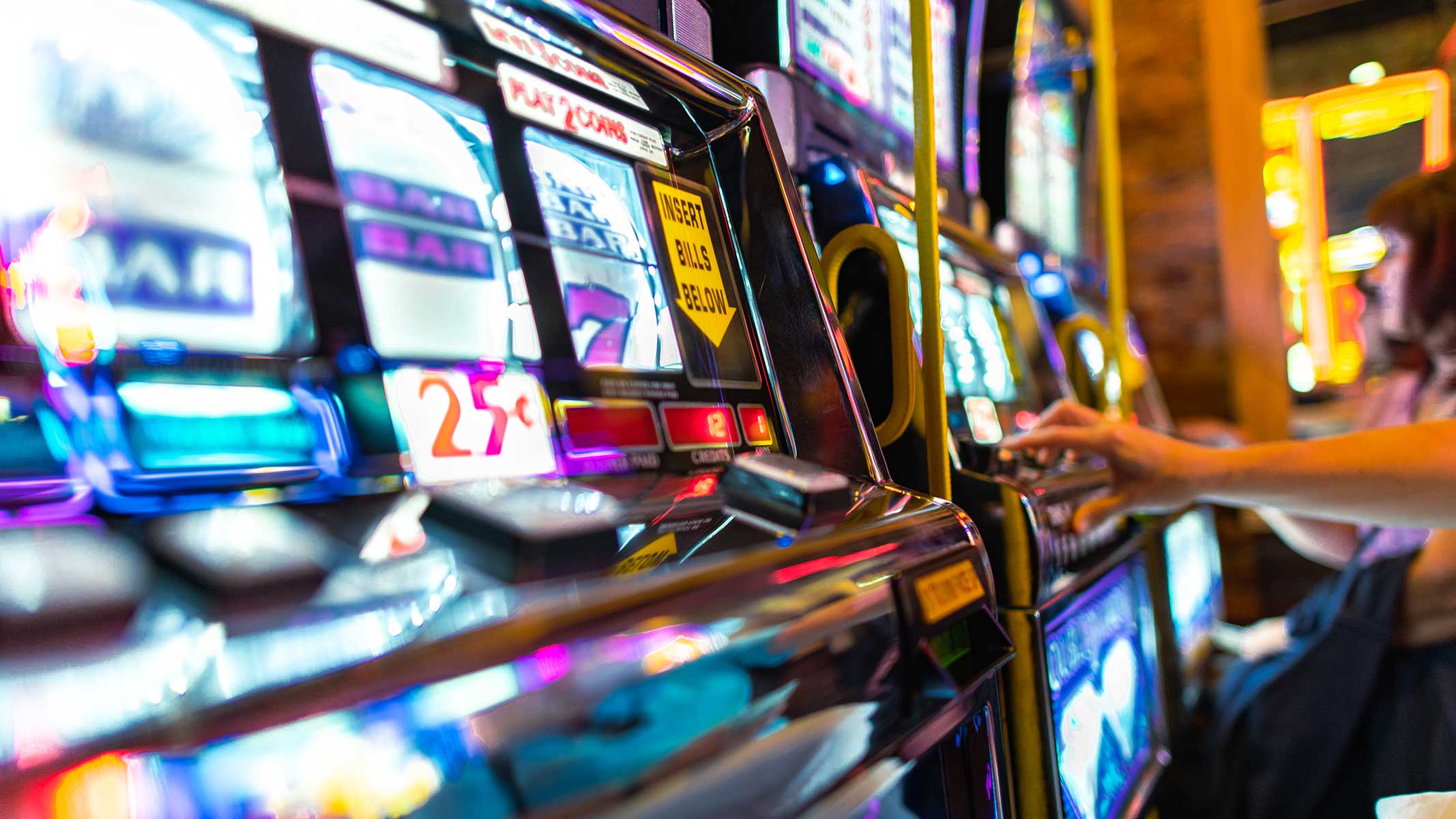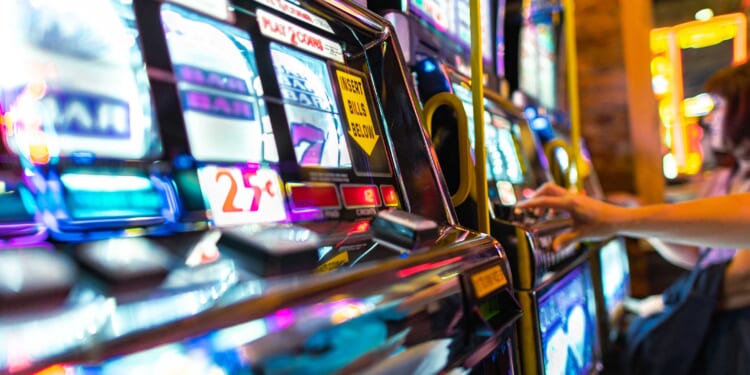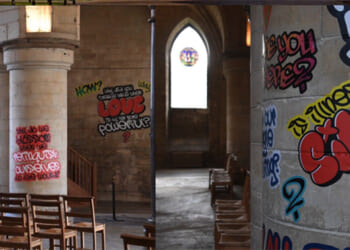
A funny thing happened on the way to New York’s supposedly inevitable approval of a Manhattan casino: Manhattan resoundingly rejected it.
The state’s political, lobbying, and development classes had thought that the neighborhood committees—created by Albany to consider applications for up to three downstate gambling emporia—would green-light at least one facility in the city’s core. Such a casino would be the most lucrative. One way or another, the fix was in.
But in the past week, the three Manhattan committees rejected not one or two, but all three proposals: one in Times Square, one in Hudson Yards, and one near the United Nations.
Manhattan’s landslide downvotes are a lesson to outer-borough locales still weighing whether to reject or accept their own casinos in the next few days. Gambling halls are such nuisance uses—like highways or power plants—that communities with real economic and political power reject them. They are emblems not of success but of desperation.
New York’s more than decade-long path to full casinos has always had a predatory aspect. In 2013, a state ballot initiative asked voters to amend the constitution to allow up to seven casinos. The initiative held out the prospect of “job growth, increasing aid to schools, and . . . lower property taxes.”
Then-governor Andrew Cuomo muted downstate opposition by scheduling the approval of upstate casinos first. Cuomo pushed them partly as a hardheaded way for the state to capture dollars already being spent at casinos run by sovereign Native American tribes. He also promoted them as a boost for upstate, calling gambling “a major economic development vehicle.” Nearly a decade ago, the state’s “gaming” regulators—the state tellingly prefers that word to gambling—approved the casinos for four upstate counties, three of which had long struggled with population and job losses.
So far, the upstate casinos have fallen far short of their own revenue projections, according to a state comptroller’s report. Yes, in a small town with a narrow tax base, the high take from a casino can make a big difference in government funding. Tax revenues from the casinos have enabled three of the four locations, all small towns, superficially to cut their property taxes.
But reliance on casinos is no recipe for a healthy tax base long-term. One of the casinos, in the Catskills, now needs a bailout, requiring the county to take on debt—a self-defeating way of trying to ease local residents’ tax burden. The idea that a struggling county must now save a casino that was supposed to save it would come as no surprise to anyone who has studied the dubious economic and fiscal benefits of casinos, from New Orleans to Detroit to Atlantic City.
Now it’s time for Albany to award the maximum three casinos in New York City and Westchester County and on Long Island. Because the casinos are so controversial, state lawmakers based in the city ensured neighborhood control over the process. To win a casino license, each sponsor first must woo a six-person board, called a “community advisory committee,” made up of a representative of the governor, the mayor, the borough president, the neighborhood state assemblyperson and senator, and the city council representative.
Eight developer-backed gambling ventures submitted applications—one for a casino just north of New York City (at a Yonkers facility that allows limited gambling under previous state law); two in Queens (one at a similar, limited-gaming facility, the other sponsored by New York Mets owner Steve Cohen); one each in Brooklyn and the Bronx; and three in Manhattan. Each would-be casino developer has followed the familiar, consultant-led blueprint for getting a special project approved: promise union and minority jobs, special “community benefits,” and “affordable housing.”
The three proposed Manhattan casinos—led by developer SL Green for the Times Square site, Silverstein Properties for Hudson Yards, and the Soloviev Group for the site near the East River—spent millions of dollars on official lobbying and millions more on public relations and community outreach. All three developers provided lavish renderings. They promised public parks, a public school, and improved public safety. They created shallow “grassroots” supporter coalitions. They got important people to write op-eds.
But they all failed. One by one this month, every neighborhood and borough representative on each board rejected the bid. Only the governor’s and the mayor’s representatives voted yes on each.
Why did they fail? The obvious reason is that a sophisticated, engaged Manhattan populace successfully navigated the waters of representative democracy. At public hearings, speaker after speaker—disproportionately local residents who vote—denounced the idea of a casino.
They said that it would attract problem gamblers; drive petty crime, including prostitution and theft; and consume discretionary dollars that would otherwise be spent at local restaurants, stores, and theaters. Further, they understood that the casinos wouldn’t generate the promised tax revenue or economic benefit.
The people who live and vote in Manhattan also saw through casino sponsors’ civic promises. They know, from experience, that they don’t need a casino company’s security patrols to ensure public safety. They can achieve that result through adequate policing and prosecution, and through well-designed and well-managed spaces such as Bryant Park. They don’t need extra casino revenues for “community benefits” to fund public parks; city tax dollars, including supplementary business improvement district self-assessments, already achieve that task.
Just as important, Manhattan voters had power on their side. Broadway theater owners, producers, and unions vociferously opposed the Times Square casino. Trusted civic voices, who couldn’t be dismissed as gadflies, came out strongly against it.
Tim Tompkins, who served as president of the Times Square Alliance for nearly 20 years, expressed “outrage” at SL Green’s charge that casino opponents didn’t represent Times Square. In an op-ed, Tompkins noted that “the theater community has always been here and always will be, long after SL Green has picked up the tens of millions of marbles (and dollars) they have thrown at this appalling idea.”
Most important, Manhattan could fight back against well-funded special interests because it, along with its voting base and civic community, is just not that desperate. Yes, the core of the city has had a rough post-pandemic recovery, largely because of bad government decisions. The Roosevelt Hotel, after two years of sheltering migrants, is now an empty hulk, and crime and disorder remain high compared with pre-2020. But office workers are back for at least a few days a week, avenues and streets are filled with tourists, and Broadway theaters’ problem is not attendance, which is near its pre-pandemic high, but the rising cost of putting on popular shows.
Manhattan’s triple repudiation of casinos offers a lesson to the similar committees that must decide on casinos in Brooklyn, Queens, and the Bronx by the end of this month. As Manhattan demonstrates, voting to approve a casino doesn’t suggest openness to private investment or growth or jobs. It is, rather, a marker of distress.
Yet no city neighborhood currently considering a casino is distressed. Not Coney Island and Willets Point near Citi Field in Queens, which have already seen private economic investment, including in housing, in recent decades; not Throggs Neck in the Bronx, which would lose parkland to make way for the proposed casino there.
Moreover, one frequent outer-borough criticism of Manhattan “NIMBYism” is that the projects that Manhattan has been powerful enough to reject—such as interstate highways—wind up being foisted on the less powerful outer boroughs. That’s why places like the South Bronx have more than their fair share of warehouses and power plants. But unlike a cold-storage facility or a recycling plant, a rejected casino doesn’t have to land in someone else’s backyard.
In the next few days, community advisory committees in the outer boroughs can take the right lesson from Manhattan: have the self-confidence to say no.
Photo: welcomia / iStock / Getty Images Plus via Getty Images


















